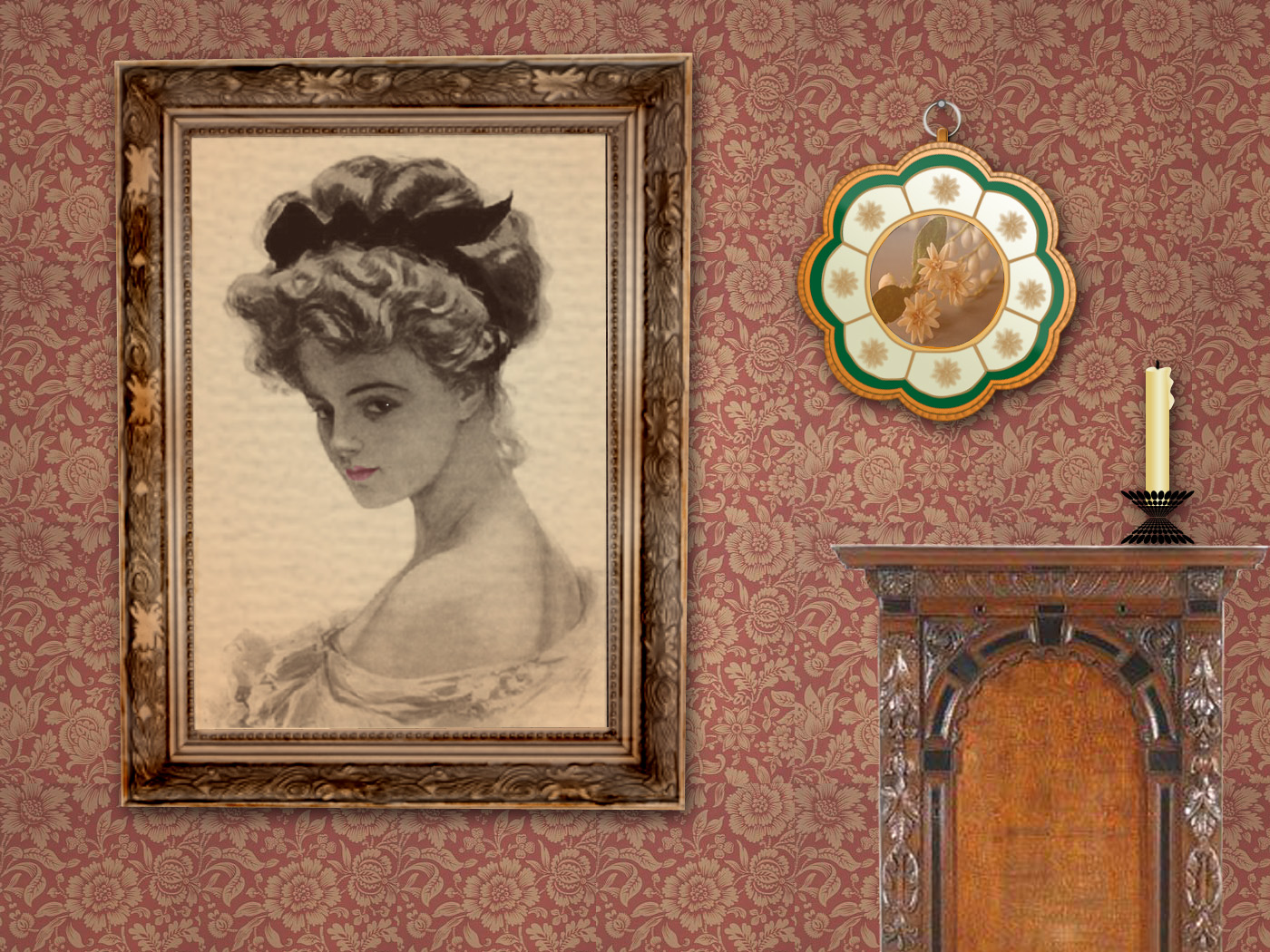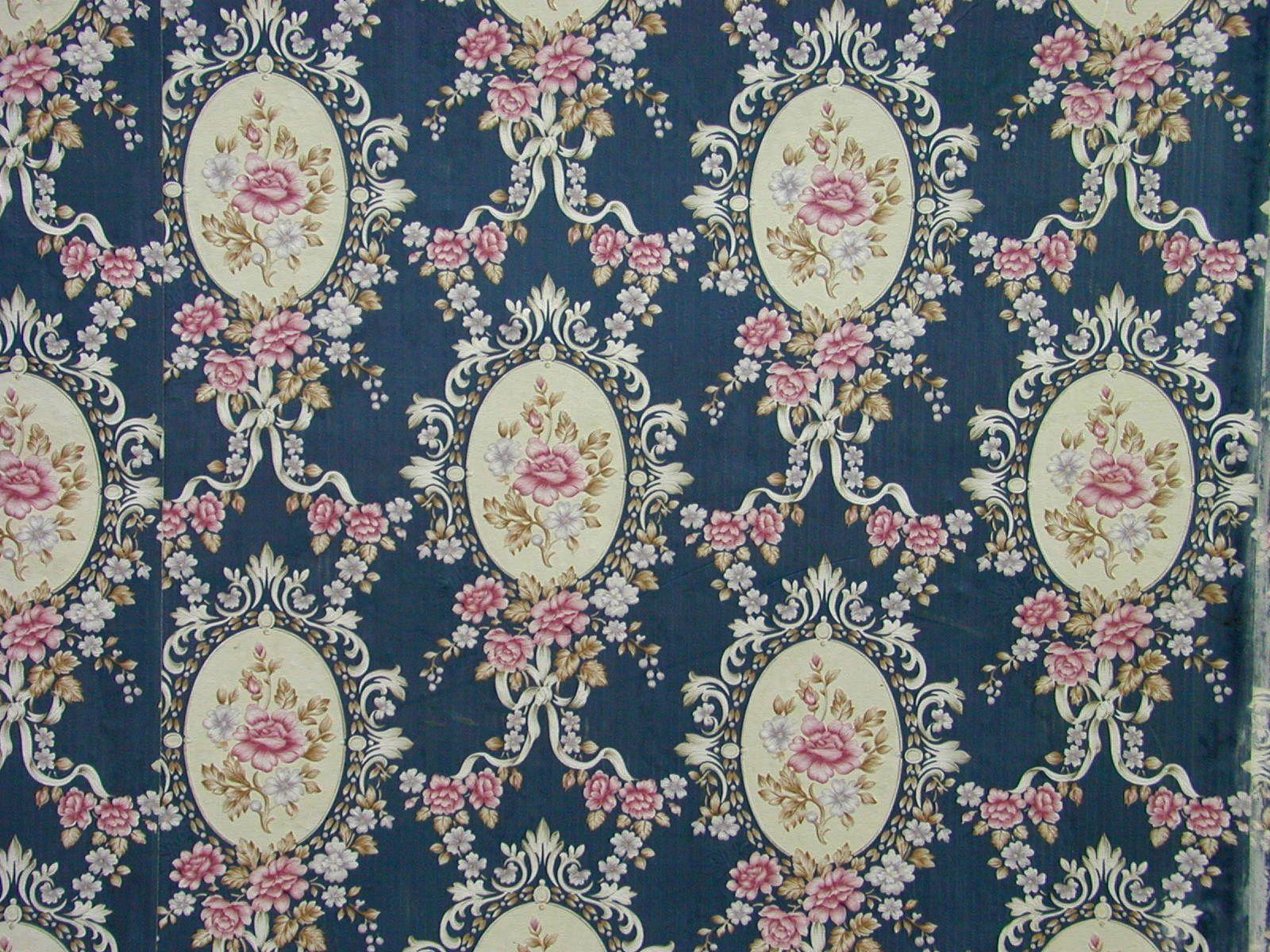The Evolution of Victorian Wallpaper

The Victorian era, spanning from 1837 to 1901, witnessed a remarkable evolution in wallpaper design, mirroring the social, technological, and aesthetic changes of the time. This era saw wallpaper emerge as a significant decorative element, transforming homes from simple functional spaces into expressions of individual taste and social status.
Victorian Wallpaper Origins and Influences
Victorian wallpaper, much like the era itself, was a blend of influences, drawing inspiration from diverse sources, including historical styles, artistic movements, and technological advancements. The Industrial Revolution played a crucial role in the development of wallpaper production, leading to the creation of new printing techniques and the availability of affordable, mass-produced wallpapers. The rise of the middle class fueled the demand for decorative elements like wallpaper, enabling individuals to express their aspirations and social standing through their home decor.
Victorian Wallpaper Styles: A Tapestry of Design
Victorian wallpaper styles evolved significantly throughout the era, reflecting the changing tastes and sensibilities of the time. Early Victorian wallpaper, influenced by the Gothic Revival and the Romantic movement, often featured elaborate patterns, rich colors, and dramatic motifs. This period embraced the use of natural elements, including floral patterns, vines, and birds, often rendered in a romantic and idealized manner.
- Early Victorian (1837-1860): This period was characterized by a fondness for elaborate patterns, rich colors, and dramatic motifs. Popular themes included floral patterns, vines, and birds, often rendered in a romantic and idealized manner.
- Mid-Victorian (1860-1880): The mid-Victorian period saw a shift towards more geometric and abstract designs, often incorporating intricate patterns and bold colors. This period witnessed the rise of the Aesthetic movement, which emphasized beauty and craftsmanship, influencing wallpaper designs to embrace intricate details and delicate patterns.
- Late Victorian (1880-1901): The late Victorian period saw a return to naturalism, with wallpaper designs incorporating floral patterns, landscapes, and animal motifs. This period also witnessed the rise of the Arts and Crafts movement, which championed handcrafted objects and traditional techniques, influencing wallpaper designs to incorporate simple, natural forms and muted colors.
Technological Advancements in Wallpaper Production, Victorian style bedroom wallpaper
The Victorian era witnessed significant technological advancements in wallpaper production, leading to increased affordability, accessibility, and variety. The invention of the cylinder printing press in the early 19th century revolutionized wallpaper production, allowing for the mass production of intricate patterns and designs. This innovation significantly reduced production costs, making wallpaper more affordable and accessible to a wider range of consumers.
- Cylinder Printing: The invention of the cylinder printing press in the early 19th century revolutionized wallpaper production, allowing for the mass production of intricate patterns and designs. This innovation significantly reduced production costs, making wallpaper more affordable and accessible to a wider range of consumers.
- Chromolithography: The development of chromolithography in the mid-19th century enabled the production of wallpaper with multiple colors, creating a wider range of possibilities for intricate patterns and designs. This technique allowed for the creation of more realistic and detailed images, further enhancing the aesthetic appeal of Victorian wallpaper.
Key Characteristics of Victorian Bedroom Wallpaper: Victorian Style Bedroom Wallpaper

Victorian bedroom wallpaper was a reflection of the era’s love for intricate details, opulent designs, and a sense of grandeur. It was more than just a decorative element; it was a statement of status, taste, and personal style.
Common Patterns and Motifs
Victorian bedroom wallpaper was characterized by its intricate patterns and motifs, often featuring floral designs, geometric patterns, and scenes from nature.
- Floral Patterns: Roses, lilies, and other delicate blooms were popular choices, often depicted in a romantic and whimsical style. These patterns could be large and bold or small and delicate, depending on the desired effect.
- Geometric Patterns: Victorian designers incorporated geometric shapes like squares, circles, and triangles into their wallpaper designs, often creating intricate and symmetrical patterns. These patterns could be simple or complex, depending on the desired level of formality.
- Scenes from Nature: Wallpaper designs often featured landscapes, seascapes, and scenes from the natural world. These patterns could be realistic or stylized, depending on the artist’s interpretation.
- Animal Motifs: Birds, butterflies, and other animals were also popular motifs in Victorian bedroom wallpaper, often incorporated into floral or geometric patterns.
Color Palettes and Combinations
Victorian bedroom wallpaper often featured rich and vibrant colors, reflecting the era’s fascination with opulence and grandeur.
- Warm Colors: Red, orange, yellow, and brown were popular choices, often used to create a warm and inviting atmosphere.
- Cool Colors: Blue, green, and purple were also used, often in combination with warm colors to create a sense of balance and harmony.
- Metallic Accents: Gold and silver accents were often incorporated into Victorian bedroom wallpaper designs, adding a touch of luxury and sophistication.
Textures and Materials
Victorian bedroom wallpaper was made from a variety of materials, each offering unique textures and visual effects.
- Paper: Paper was the most common material used for Victorian wallpaper, offering a smooth and versatile surface for printing. Different types of paper were used, from thin and delicate to thick and textured.
- Fabric: Some Victorian wallpaper was made from fabric, offering a more luxurious and tactile experience. These wallpapers were often woven with intricate patterns and designs.
- Leather: Leather was also used for Victorian wallpaper, offering a rich and durable surface. Leather wallpapers were often embossed with patterns and designs, adding a touch of sophistication.
Styling a Victorian Bedroom with Wallpaper

Transforming a modern bedroom into a Victorian sanctuary is a delightful journey. Victorian wallpaper, with its intricate patterns and rich colors, can be the cornerstone of this transformation. The key is to select the right wallpaper and integrate it seamlessly with modern elements to create a harmonious and elegant space.
Selecting Victorian-style Wallpaper for a Modern Bedroom
Choosing the right Victorian wallpaper for a modern bedroom involves balancing the historical charm with contemporary sensibilities. Consider the following tips:
- Choose a Pattern that Complements Modern Furniture: Opt for a wallpaper pattern that complements the clean lines and simplicity of modern furniture. Patterns with repeating motifs, such as floral, geometric, or damask designs, can add a touch of Victorian elegance without overwhelming the modern aesthetic.
- Consider the Color Palette: While Victorian wallpaper often featured bold and rich colors, modern bedrooms often favor a more muted palette. Choose a wallpaper with a color scheme that aligns with your overall bedroom design. Subtle hues of teal, gray, or cream can create a sophisticated Victorian feel without being too overpowering.
- Embrace the Use of Metallic Accents: Victorian wallpaper frequently incorporated metallic accents, such as gold or silver, to add a touch of opulence. Consider a wallpaper with subtle metallic accents to enhance the Victorian aesthetic. Metallic accents can also be incorporated through furniture, lighting, or accessories.
- Choose a Scale that Suits the Space: The scale of the wallpaper pattern is crucial. In a small bedroom, a large-scale pattern can make the room feel cramped. Opt for a smaller-scale pattern for a more intimate and cozy feel.
Designing a Victorian Bedroom with Wallpaper
A Victorian bedroom design incorporates wallpaper as a focal point, creating a cohesive and elegant aesthetic. Consider the following design elements:
- Furniture: Choose furniture that complements the Victorian wallpaper. A plush velvet headboard, a tufted ottoman, or a vintage-inspired dresser can create a harmonious blend of modern and Victorian styles. The furniture should be strategically placed to create a sense of balance and flow.
- Lighting: Lighting plays a crucial role in setting the mood. Choose lighting fixtures that complement the Victorian theme. A chandelier with crystal accents, a table lamp with a fringed shade, or a wall sconce with intricate details can add a touch of Victorian elegance.
- Accessories: Accessories can enhance the Victorian aesthetic. Consider adding vintage-inspired items such as framed botanical prints, antique clocks, or a porcelain vase filled with fresh flowers. A throw blanket in a rich velvet or brocade fabric can add a touch of opulence.
Creating a Cohesive and Elegant Victorian Bedroom Aesthetic
A cohesive and elegant Victorian bedroom aesthetic can be achieved by using wallpaper as a focal point and carefully selecting complementary design elements:
- Wallpaper as a Focal Point: Use the wallpaper to create a focal point in the bedroom. Consider applying it to a single wall behind the headboard, or to all four walls for a dramatic effect.
- Color Palette: Choose a color palette that complements the wallpaper. A rich palette of deep reds, blues, and greens can create a luxurious and inviting atmosphere. Consider incorporating metallic accents in the furniture, lighting, or accessories to enhance the Victorian feel.
- Texture: Incorporate different textures to add depth and interest to the bedroom. A plush rug, a velvet headboard, or a throw blanket with a textured weave can create a tactile and inviting atmosphere.
- Details: Pay attention to details. Consider adding vintage-inspired accessories, such as antique clocks, framed botanical prints, or a porcelain vase filled with fresh flowers. These details can add a touch of Victorian charm and elegance to the bedroom.
